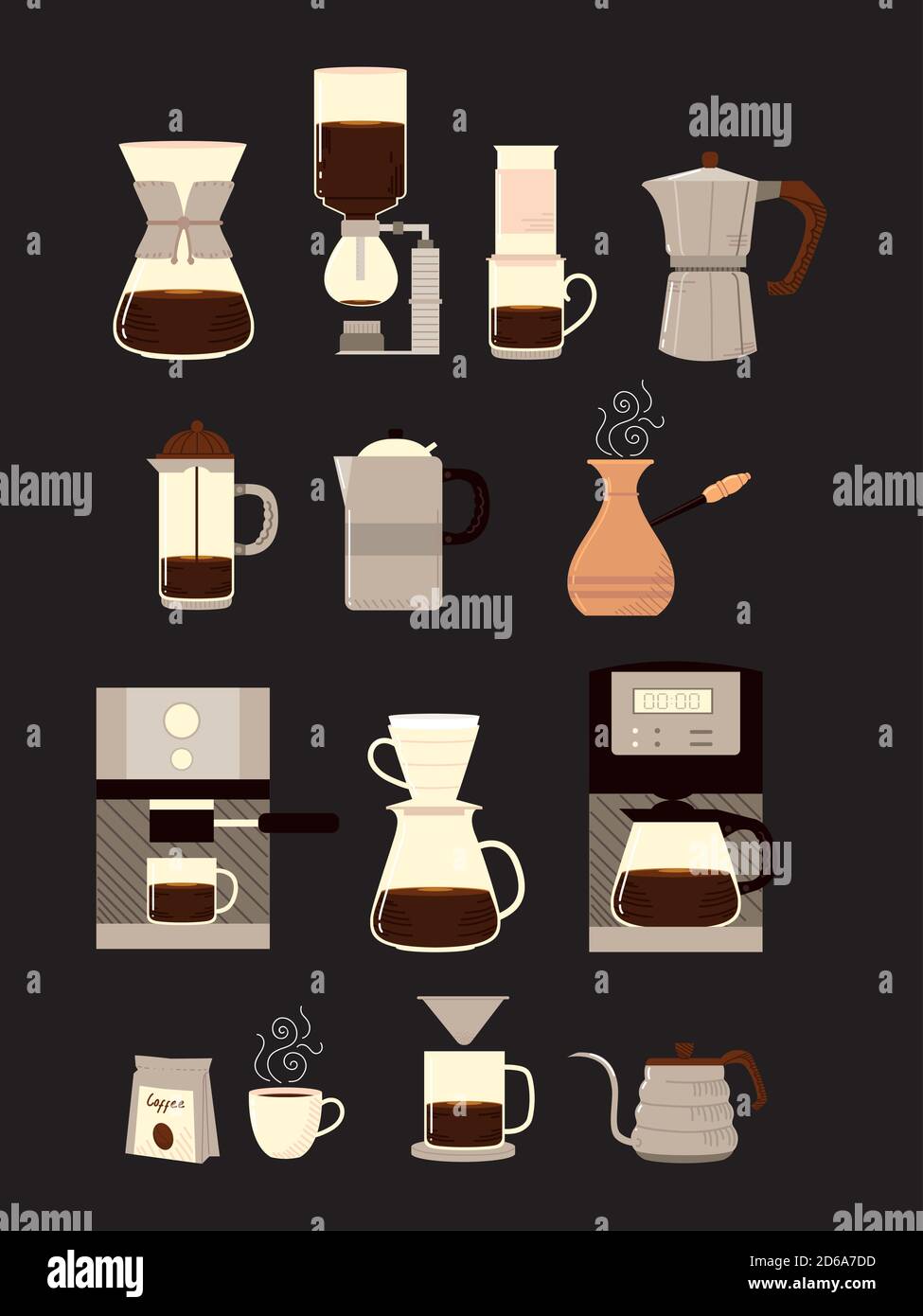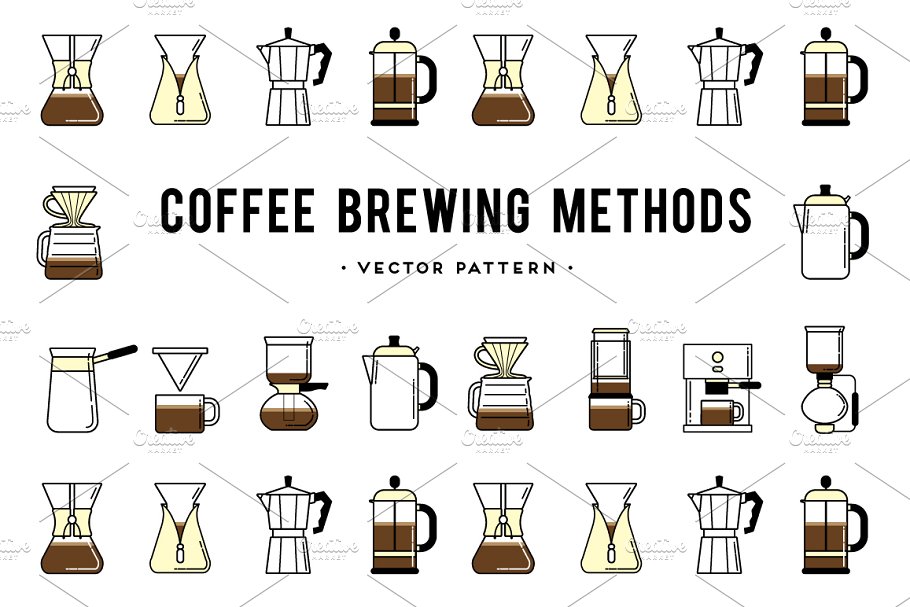The Effect of Different Coffee Brewing Methods on Flavor and Aroma
The Effect of Different Coffee Brewing Methods on Flavor and Aroma
Blog Article
Exploring the Art of Coffee Brewing: A Comprehensive Overview to Developing Your Cup
The art of coffee brewing is a multifaceted discipline that combines science with personal expression, where the option of beans, water top quality, and developing techniques assemble to create a refined sensory experience. Understanding the subtleties of different coffee beans, especially the distinctions in between Arabica and Robusta, is crucial for any type of enthusiast.
Understanding Coffee Beans
To truly value the art of coffee brewing, one should initially comprehend the foundational component: coffee beans. These little seeds, usually originated from the Coffea plant, are crucial in establishing the flavor account, scent, and overall top quality of the brewed drink. Coffee beans mostly come under two groups: Arabica and Robusta. Arabica beans, understood for their delicate flavors and higher level of acidity, are typically favored by lovers. On the other hand, Robusta beans have a stronger, a lot more bitter taste and greater caffeine material, making them suitable for coffee blends.

Moreover, the processing technique-- whether washed, all-natural, or honey-- impacts the beans' last preference. Recognizing these elements allows brewers to choose the best beans that line up with their liked taste account, inevitably boosting the coffee developing experience. coffee brewing methods. This understanding is essential for anybody striving to grasp the craft of brewing the ideal cup of coffee
Brewing Methods Discussed
Numerous lovers find that the choice of brewing method considerably influences the last taste and scent of their coffee. Each technique utilizes different extraction techniques, affecting the coffee's personality and splendor.
Drip brewing, one of the most preferred approaches, utilizes a device to drip hot water via ground coffee, generating a tidy and constant cup. French press, on the other hand, immerses coffee premises in hot water, permitting a fuller body and even more durable flavor, as oils and fine fragments stay in the brew.
Pour-over developing uses a careful method, where water is manually put over coffee grounds, permitting specific control over extraction time and temperature, causing a nuanced and intense mug.
Coffee, a focused coffee brewed under stress, is understood for its strong taste and creamy appearance, working as the base for various coffee beverages, including cappucinos and cappuccinos.
Important Tools Needed
The structure of any successful coffee developing procedure exists in quality devices customized to your recommended method. A trustworthy coffee mill is crucial; newly ground beans substantially boost taste and aroma.
Next, consider your brewing gadget. Choices vary from drip coffee manufacturers and pour-over setups to French presses and espresso devices. Each technique uses distinctive taste accounts and developing techniques, so choose one that aligns with your taste preferences.
An accurate scale is likewise vital, permitting you to gauge coffee and water properly, which is essential for uniformity. Additionally, a thermostat can aid monitor water temperature, as it straight affects removal top quality.
Learning Water High Quality
The quality of water made use of in developing coffee plays a considerable role in determining the last flavor profile of the mug. Different elements contribute to water top quality, consisting of mineral material, pH degree, and total purity. Ideally, water needs to be without impurities and pollutants, as these can adversely influence the taste of coffee.
Minerals, such as calcium and magnesium, boost the removal of flavors from the coffee premises, while preserving a well balanced pH level-- around 6.5 to 7.5-- is essential for optimum extraction. Water that is also soft may bring about under-extraction, leading to sour or weak tastes, while overly tough water can produce a bitter or rough cup.
For the ideal results, filtered water is advised, as it minimizes the presence of chlorine and other unwanted compounds often discovered in faucet water. Furthermore, take into consideration using water with a Total Dissolved Solids (TDS) degree in between 150-200 ppm, which is typically ideal for coffee brewing. By understanding water quality, you can lay a strong foundation for accomplishing a continually outstanding mug of coffee, permitting the distinct features of browse this site your chosen beans to radiate through.

Tips for Taste Enhancement
Enhancing the flavor of your coffee can substantially boost your brewing experience and draw out the special subtleties of your chosen beans. To achieve this, think about numerous vital elements that influence preference.
To start with, the work dimension plays an essential function. A finer work boosts removal, causing bolder flavors, Your Domain Name while a coarser grind yields a milder cup. coffee brewing methods. Adjust your grind according to your brewing technique to accomplish ideal outcomes
Second of all, trying out mixture time. Over-extraction can bring about resentment, while under-extraction lead to a sour taste. Objective for a mixture time that stabilizes these extremes, normally in between two to 4 minutes, relying on your technique.
Additionally, temperature level is a vital element. Brewing with water that is also hot can scorch the coffee, while water that is also awesome may stop working to extract adequate flavor. The perfect temperature range is 195 ° F to 205 ° F(90 ° C to 96 ° C)
Conclusion) )))) Finally, the art of coffee developing is a complex technique that needs a deep understanding of different aspects, including bean selection, developing approaches, and water high quality. Mastery of important equipment and focus to information in grind dimension, make time, and temperature are essential for achieving optimum removal. By integrating these parts, coffee fanatics can raise their brewing strategies, leading to a cup that not just satisfies personal choices however also showcases the abundant complexity of coffee tastes.
The art of coffee developing is a multifaceted technique that merges scientific research with individual expression, where the option of beans, water top quality, and brewing techniques merge to create a polished sensory experience.To truly appreciate have a peek here the art of coffee developing, one must first recognize the fundamental element: coffee beans. Developing with water that is also hot can swelter the coffee, while water that is also awesome might fall short to extract appropriate taste. In conclusion, the art of coffee brewing is a diverse technique that calls for a deep understanding of various aspects, consisting of bean option, developing methods, and water high quality. By incorporating these parts, coffee fanatics can elevate their brewing methods, resulting in a mug that not just pleases individual choices but also showcases the rich complexity of coffee flavors.
Report this page